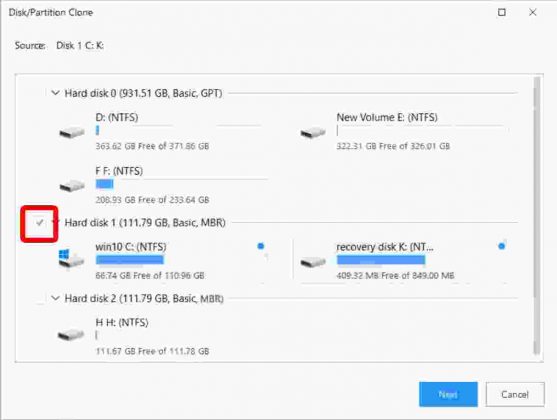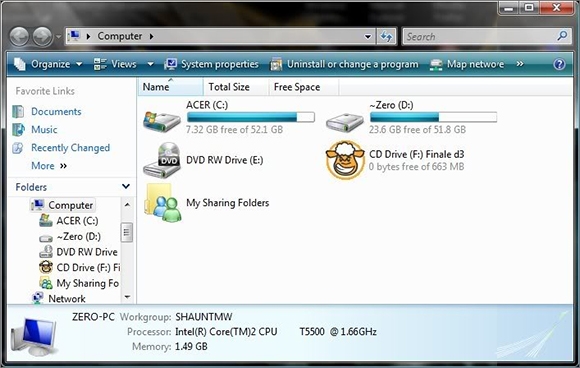

You can also use a lot of boot parameters to customize your own imaging and cloning. Almost all steps can be done via commands and options. Clonezilla live also can be booted on a BIOS or uEFI machine.

LUKS (Linux Unified Key Setup) is supported.LVM2 (LVM version 1 is not) under GNU/Linux is supported.

For unsupported file system, sector-to-sector copy is done by dd in Clonezilla. For these file systems, only used blocks in partition are saved and restored by Partclone. Therefore you can clone GNU/Linux, MS windows, Intel-based Mac OS, FreeBSD, NetBSD, OpenBSD, Minix, VMWare ESX and Chrome OS/Chromium OS, no matter it's 32-bit (x86) or 64-bit (x86-64) OS. Many File systems are supported: (1) ext2, ext3, ext4, reiserfs, reiser4, xfs, jfs, btrfs, f2fs and nilfs2 of GNU/Linux, (2) FAT12, FAT16, FAT32, exFAT and NTFS of MS Windows, (3) HFS+ and APFS of Mac OS, (4) UFS of FreeBSD, NetBSD, and OpenBSD, (5) minix of Minix, and (6) VMFS3 and VMFS5 of VMWare ESX.


 0 kommentar(er)
0 kommentar(er)
